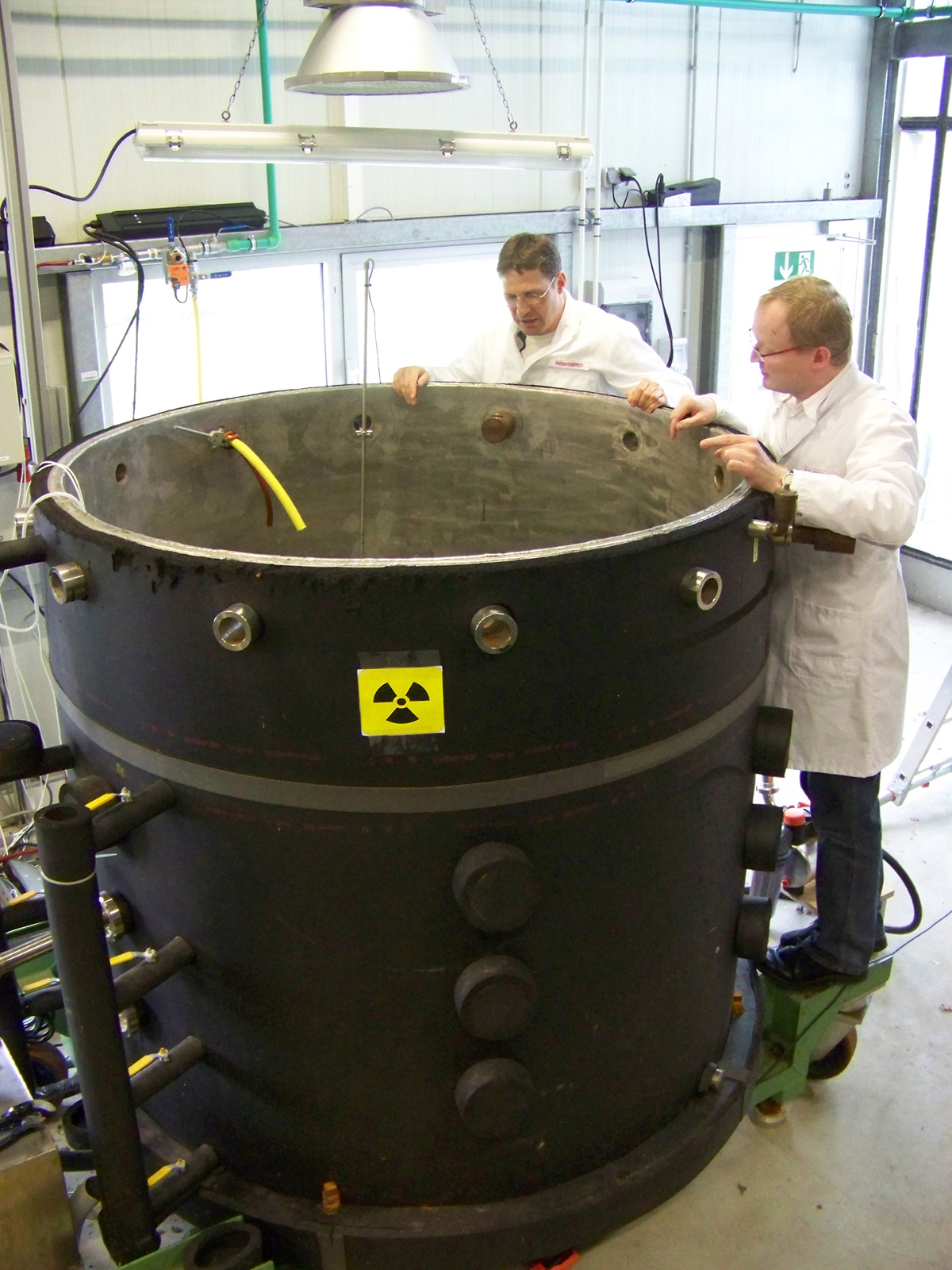A fish test to make food safer
Nowadays, half of all the fish we eat comes from fish farms. The problem is that these fish are increasingly being fed vegetable matter, which could lead to a build-up of residual pesticides in them. A new test shows how high the risk of contamination really is.
People are eating more and more fish. To meet rising demand, fish are increasingly being cultivated in fish farms. Aquaculture is the fastest-developing branch of the global food industry, with annual growth of nine per cent. This rapid rise is also pushing up demand for fish feed, producers of which are facing a formidable challenge, because the supply of fishmeal and fish oil – important ingredients in feed – is dwindling. They are set to be replaced by crops such as soya, maize and rape, but the trouble with these is that feed pellets made from them might contain pesticides. To protect consumers, there has to be a way to test fish bred in captivity for pesticide residues, but this has not been possible up to now. While techniques known as metabolism studies are already used to test how the active ingredients in pesticides accumulate and break down in ruminants, poultry and pigs, these techniques are not suitable for use with fish. Germany’s Federal Office of Consumer Protection and Food Safety has let it be known that urgent action is required. Now scientists at the Fraunhofer Institute for Molecular Biology and Applied Ecology IME in Schmallenberg have developed a system to test whether chemical substances accumulate in fish that are fed contaminated feed.
“First, we test whether ingestion of the feed leads to a build-up of pesticide residues in fish tissue, and we look to see which degradation products or metabolites result from the fish’s metabolic processes. Essentially, the more fat-soluble a substance is, the higher the probability of it accumulating in fish,” explains Dr. Christian Schlechtriem, a scientist at the IME. “Our tests form the basis for later studies on feeding. The results determine whether these subsequent studies, which ascertain maximum pesticide residue levels, are required.”
For their metabolism studies the researchers use water tanks that are two cubic meters in size. Into these tanks they place carp and rainbow trout each weighing 300 to 500 grams; both these freshwater fish are frequently bred in farms. To detect and identify pesticide residues and their metabolites, Schlechtriem and his team add a radiolabeled test substance to the pellet feed – a challenge for the researchers, as radiolabeled material is difficult to handle under aquatic conditions. A powerful filtering system prevents the dissolved test substance from accumulating in the water. The researchers then test the flesh of these fish for pesticide residues using highly sensitive analytical methods which permit even the smallest quantities of a substance to be detected with certainty. Dr. Dieter Hennecke, head of the IME’s ecological chemistry department, says: “Our new test leaves no stone unturned in the search for pesticides and their degradation products in fish – from breeding through to tissue analysis in the laboratory.”
In autumn 2011, the European Commission will publish new data requirements for fish as part of the approval process for pesticides. These will oblige every producer and importer who intends to bring a new pesticide onto the European market not only to register it but also to provide information proving it cannot accumulate in the edible parts of fish. The fish test developed at the IME will supply the information required.
